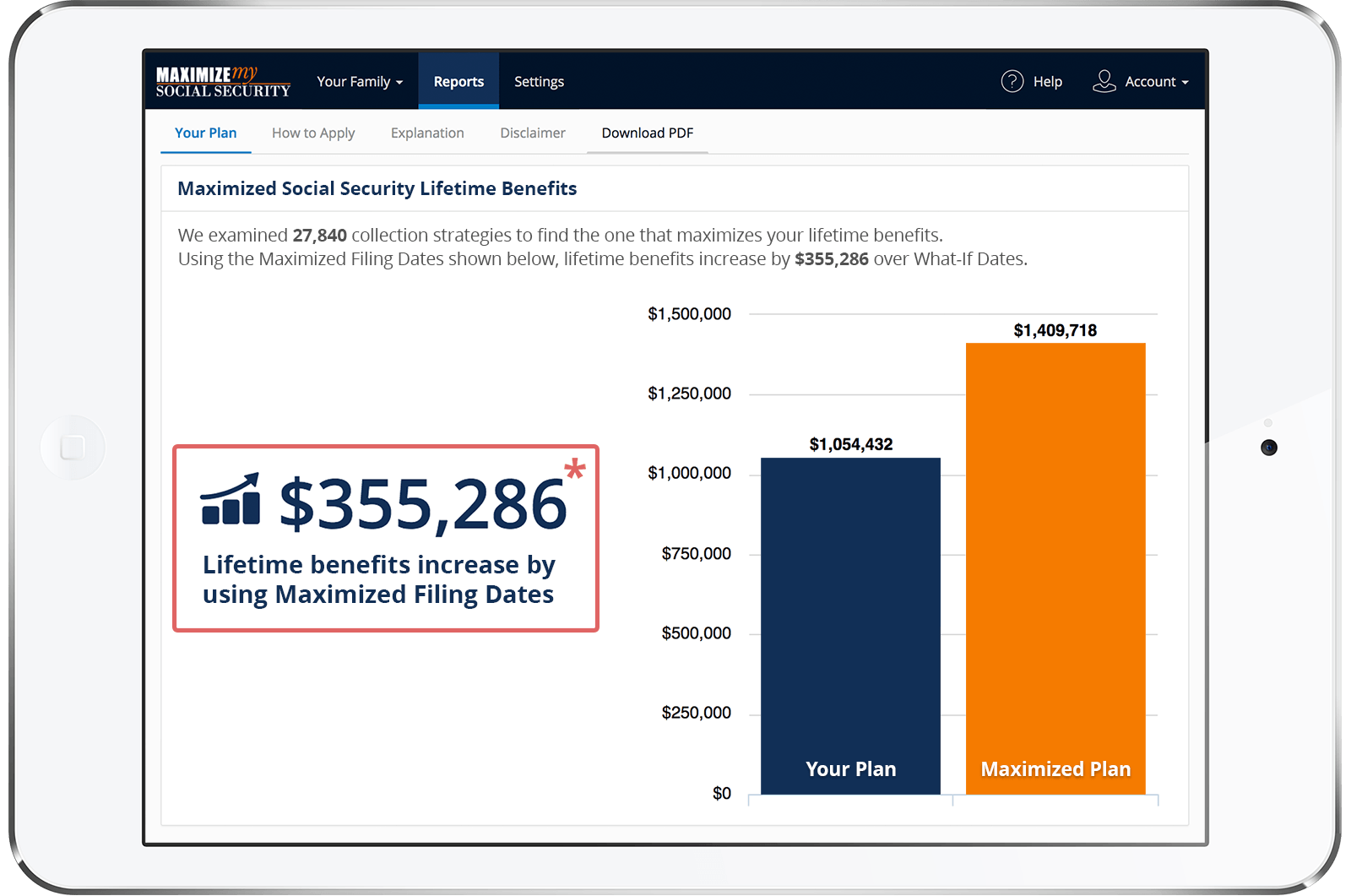If 3 children receive same amount of survivors benefits, when oldest graduated from high school, should their $ be given to remaining 2 children or dropped? I was told when applying the total could be split by the 3 or given all to one so expected when child graduated to still have that amount for other 2 but it was dropped
Hi. The answer to your question depends on the family maximum benefit (FMB) involved. The FMB that can be paid on the record of a deceased worker can vary from 150% to 188% of their primary insurance amount (PIA). However, if any children are eligible for benefits on the account of more than one parent, then the parents' FMBs can potentially be combined to allow more than 188% of the higher parent's PIA to be paid. The formula for calculating the applicable percentage is too complex to explain here, but you can read Social Security's explanation on their website: https://www.ssa.gov/policy/docs/ssb/v75n3/v75n3p1.html.
Here's an example to illustrate how the FMB can affect the amount of a surviving child's benefit. Surviving child benefits are calculated based on 75% of the deceased parent's PIA. In this example, we'll say there's no combined FMB involved and that the deceased parent's PIA is $2000, and the FMB is $3600. The maximum benefit amount that could be paid to a surviving child eligible on this worker's record is $1500 (i.e. $2000 x 75%). So, if only 1 or 2 children and no surviving spouse are eligible for benefits on this record, the eligible children can each be paid their full monthly rate of $1500. However, let's say there are 3 eligible children and no surviving spouse in this case. The 3 children can't all be paid their full amount of $1500 without exceeding the $3600 FMB. Therefore, the 3 children will each be paid one-third of the FMB, or $1200 each.
Now let's say that the oldest of the 3 children gets too old to qualify for benefits. In that case, the 2 remaining children could then be paid their maximum rate of $1500 each without exceeding the FMB. Thus, even though the individual rates payable to the 2 eligible children would rise from $1200 to $1500, the total amount payable to the family would go down from $3600 to $3000.
The only way that the oldest child's full benefit rate would be fully redistributed to 2 remaining eligible children is if the FMB involved was the minimum 150% of the deceased parent's PIA. Otherwise, termination of the oldest child's benefit would result in an increase in the 2 remaining eligible children's benefit rates, but not a full redistribution of the 3rd child's benefit amount.
Best, Jerry
